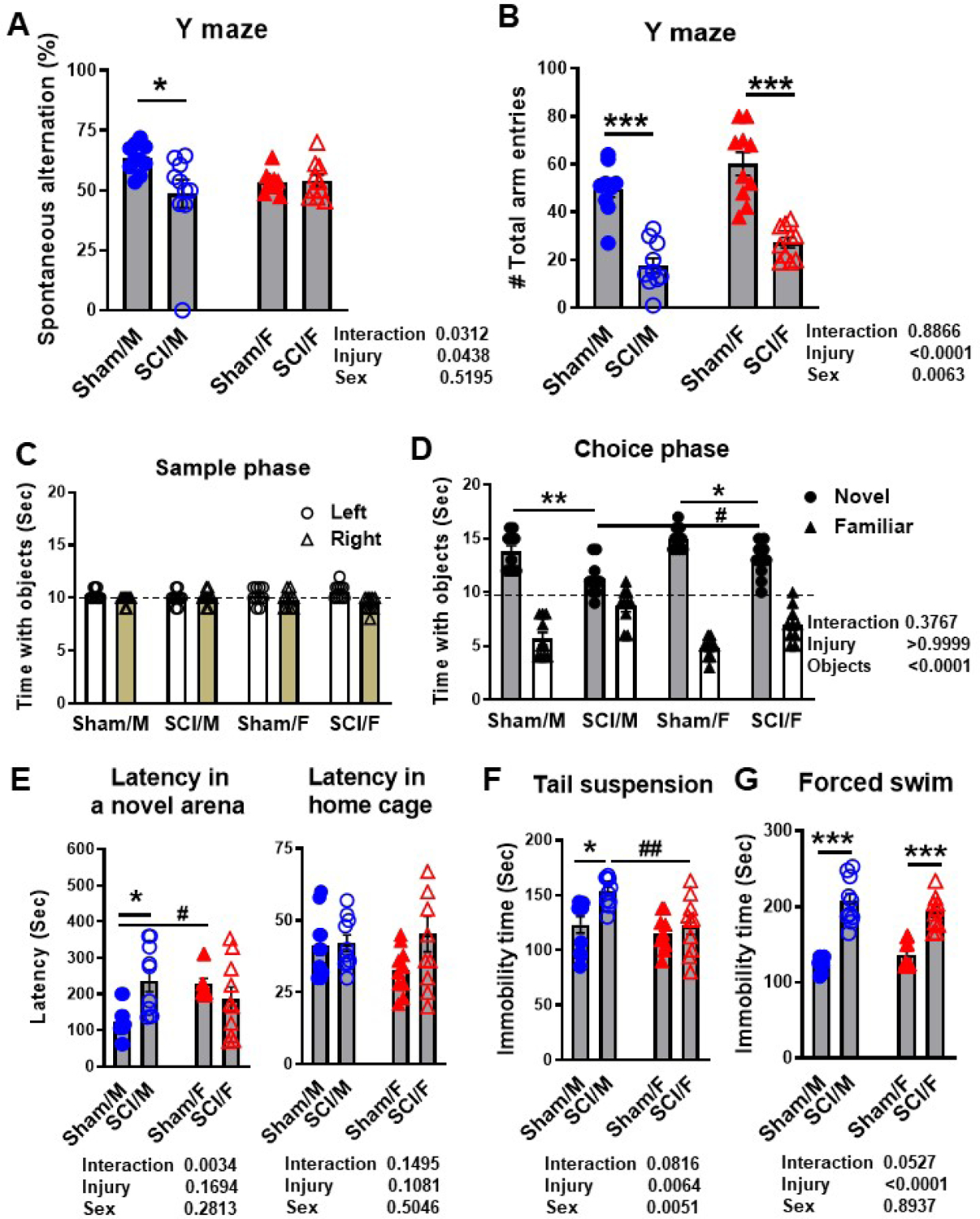Figure 7. Sex differences in cognitive function and depression after SCI.

Age-matched male and female C57BL/6 mice at 10–12 weeks old were subjected to moderate/severe (65 kdyn) SCI. At 13 weeks post-surgery male and female mice were subjected to Y-maze, NOR, NSF, TS, and FS testing to evaluate cognition and depression-like phenotypes. (A) The percentage of spontaneous alternation in the Y-maze showed sex differences at baseline and injury effects in SCI/Males. (B) The total number of arm entries was similarly decreased in both sexes late after SCI. (C) No differences were seen in exploration time between left and right-side objects during the sample phase of the NOR task. (D) Significant effects of injury and sex were seen in time spent exploring the novel versus familiar object late after SCI. (E) The latency to reach food in the center of a novel arena was recorded for the NSF test. No difference was found in latency time in the home cage, confirming that the novel environment was a source of anxiety in SCI/Males. (F) SCI/Males displayed greater immobility during TS testing. (G) Both sexes displayed increased immobility after SCI in the FS test. N=10/group. *p<0.05, **p<0.01, ***p<0.001 vs. Sham group; #p<0.05, ##p<0.01, ###p<0.001 vs. SCI/M group. Two-way ANOVA following Tukey’s multiple comparisons test.
